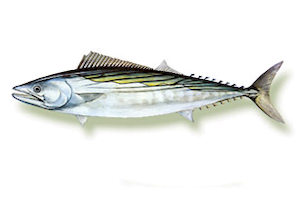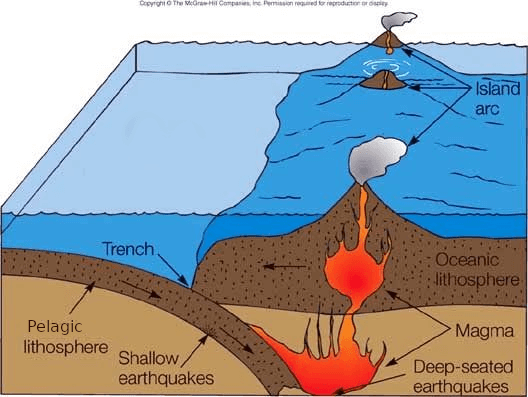It outcrops on the volcano’s slopes. A minor occurrence is on the inner E – SE cliff of the caldera below Nikia; it is intercalated between the Middle basal volcaniclastics and the rhyolitic lavas of Nikia.
They mainly outcrop at the southern as a bed comprising white fallout rhyolitic pumice, 5m maximum thickness, mainly comprising of blocks and lapilli, 5-10cm in diameter.
The presence of xenolith blocks and lapilli is quite remarkable (2m maximum diameter). Their majority is skarn and hydrothermally altered lavas. In some valleys outcrop pyroclastic flow units, up to 10 meter thick.
The vent of this eruption is estimated to be close to the current rim of the caldera, on the southern side of the volcano: there, the deposits of fallout pumice and lithic blocks have the maximum diameter compared to that of the remaining outcrops of the formation; neither stratification nor sorting or gradding of the deposits is observed; in fact, the highest percentage of fine ash and lithic clasts is found there.
On the contrary, deposits in the northern sector present sedimentation structures of distal phases from the vent: lower diameters of pumice blocks and lapilli, layering and reverse gradding, far lower percentage of lithic clasts and generally, less formation thickness.
In a single occurrence at the northern slopes, two plinian fallout layers are observed, 1.5m thick each, with a pumice pyroclastic flow layer intercalated between them.
A layer of rose-colored ash is observed at the base of the formation, 2-4cm thick. Regarding its upper members, some thin layers of wet-surge deposits are observed, in some occurrences on the E and NW slopes; these present characteristic patterns of crossbedding, wet flow and accretionary lapilli.
In addition to rhyolitic pumice fragments, a low percentage (1-2%) of basic andesitic magma with dictitaxitic texture is observed.



























































































































































































































